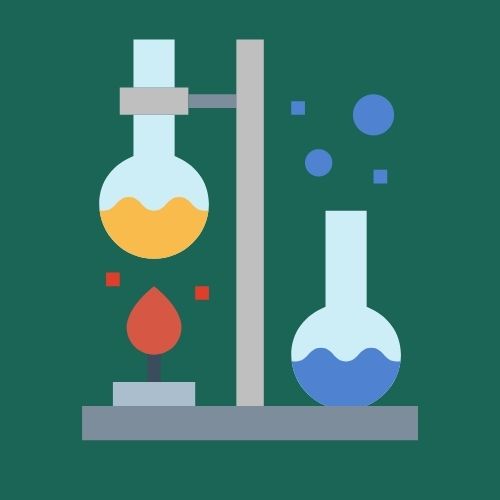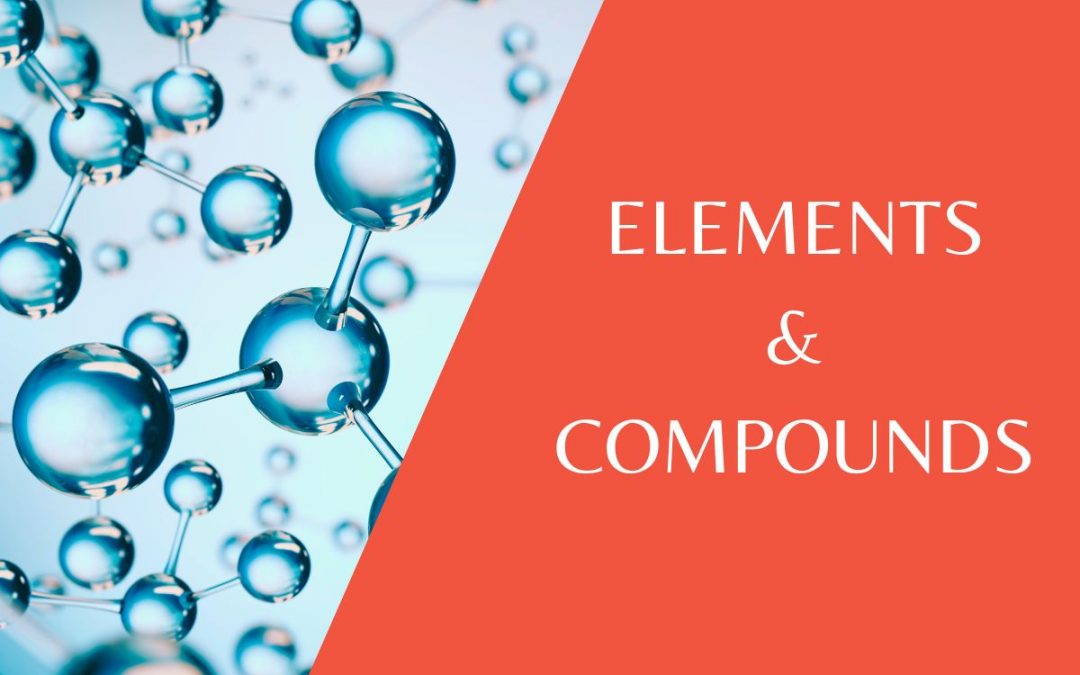Do you know your Elements from your Compounds?
Can you name examples of each?
Are you able to write the chemical symbols for common examples?
-
- Elements are pure substances consisting of only one type of atom. They cannot be broken down into simpler substances by chemical means. The Periodic Table contains many elements that have been discovered.
- Compounds are substances formed when two or more different elements chemically combine in fixed ratios. They consist of molecules or ions containing multiple types of atoms bonded together. Water, Magnesium Oxide and Carbon Dioxide are examples of compounds.
- Elements are represented by chemical symbols, such as “H” for hydrogen, “Na” for sodium and “O” for oxygen. Compounds are represented by chemical formulas that indicate the types and ratios of atoms in the compound. For example, the formula for carbon dioxide is CO₂
- Elements have unique physical properties, including their specific melting points, boiling points and densities. However, compounds often have distinct physical properties that differ from those of their constituent elements. For instance, table salt (sodium chloride, NaCl) is a white crystalline solid with properties quite different from those of sodium (a metal) and chlorine (a toxic gas).
- Elements can be separated from one another using various physical methods, such as filtration, distillation, or electrolysis. Compounds can be broken down into their constituent elements through chemical reactions but not by simple physical means. For example, water (H₂O) can be split into hydrogen (H₂) and oxygen (O₂) through the process of electrolysis.
It is essential you understand the differences between Elements and Compounds as you will be expected to name examples of each and say how a compound is different to the elements it consists of.
KEEP UP TO DATE - DON'T MISS OUT!
Our regular newsletters are filled with helpful and interesting information to help you with your Science at school

